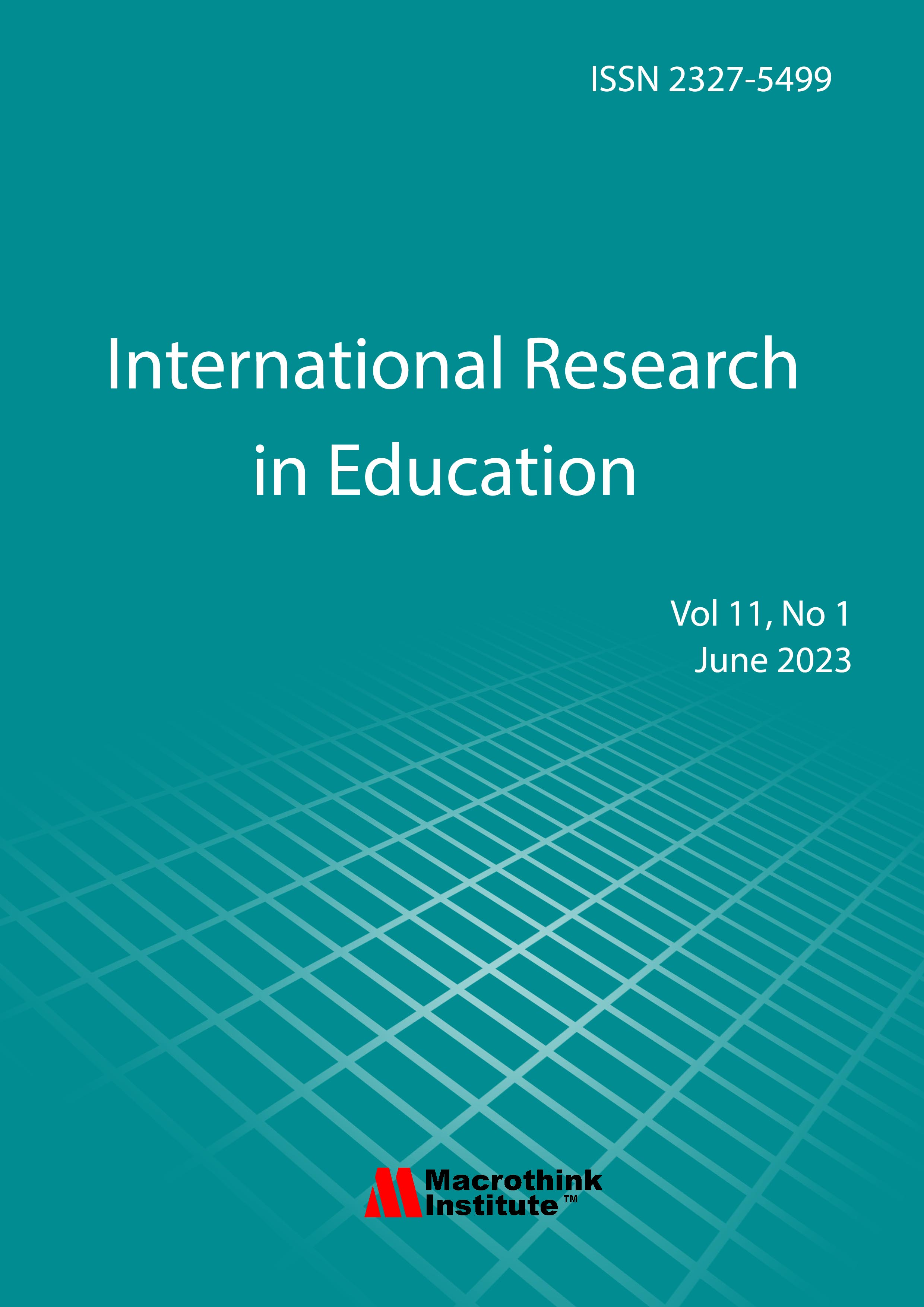How Predictive Is the Match Between Children’s Emergent Literacy Skills With Maternal Reading Proficiency From Early Childhood Education to Literacy Skills Acquisition in Primary Five? Evidence From Ghana
DOI:
https://doi.org/10.5296/ire.v9i1.17570Keywords:
Maternal reading proficiency, Emergent literacy skills, Literacy acquisitionAbstract
This longitudinal study investigated the predictive power of the match between home literary practices, especially maternal reading proficiency and children’s emergent literacy skills at preschool, and how these implicate children’s literacy acquisition at primary five. Using stratified random purposive sampling of two hundred and fifty two (252) participants, comprising one hundred and twenty mothers, one hundred and twenty kindergarten children, and twelve kindergarten teachers responses measured using multiple linear regression models, the following were the major findings: a) parental education especially that of the mother was the most significant factor; b) phonological and morphological awareness during preschool at age 4 mediated causal connection to early family socioeconomic status and children’s ability at age 11 on character recognition; c) children’s vocabulary acquisition at age 4 mediated a correlation between early family factors such as mother’s socioeconomic status and mother-child reading tuition at home and how fluent children can read at age 11. The conclusion of this study is that it difficult to significantly improve early family environmental factors of some children, nevertheless, designing classroom intervention for disadvantaged children on cognitive and linguistic skills is feasible and possible to compensate for environmental disadvantage.




